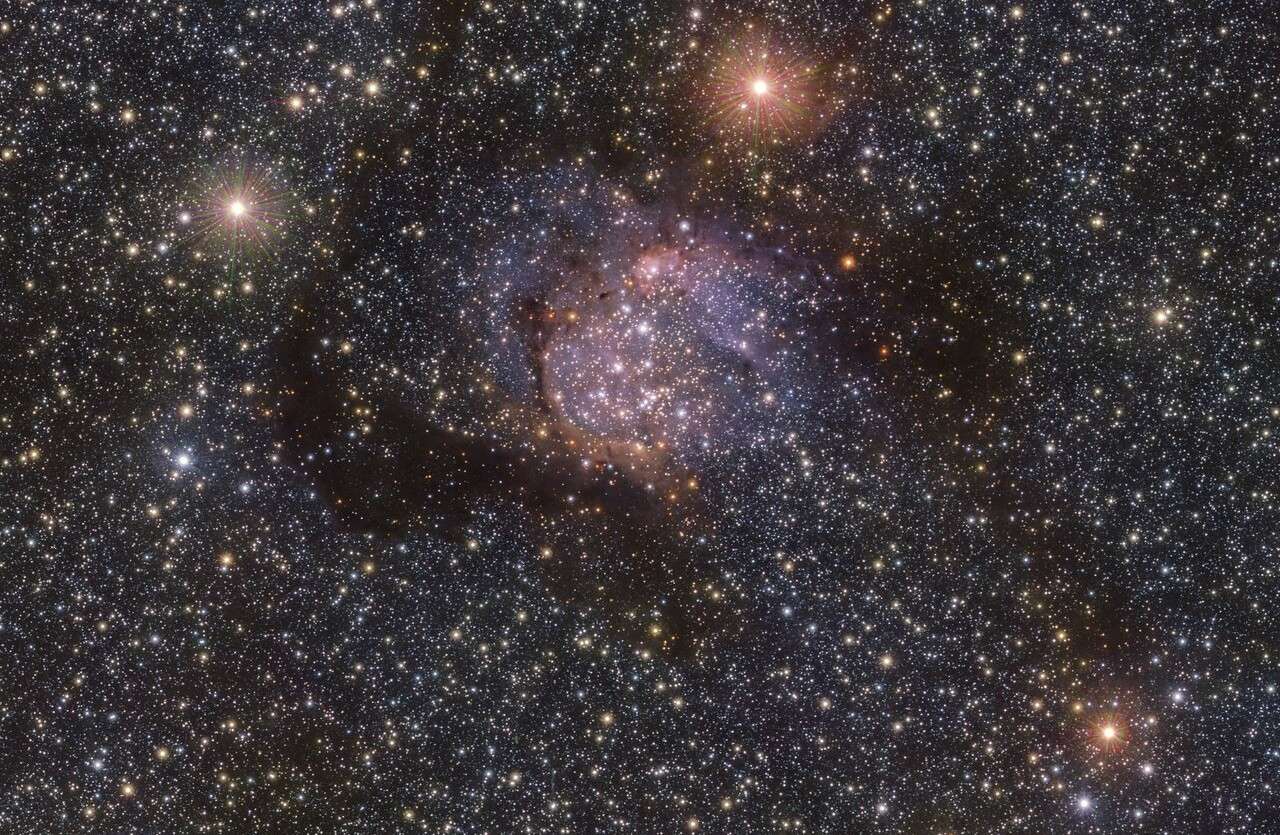The Brains of Lost Fish Help Them Find Their Way Home, Reveals a Unique Study
Lost fish find their way home thanks to how their brains are wired, according to surprised scientists who expected it to be the hippocampus.

High in the Atacama Desert where the skies are clear, a 67-million-pixel camera imaged a far away star nursery in infrared light, revealing a level of detail that the James Webb Space Telescope would be proud of.
Astronomers working at the VISTA telescope in Chile zoomed in on the Sh2-54 Nebula, around 6,000 light years from Earth, and a region where clouds of dust and gas obscure normal camera imaging.
However like the aforementioned Webb telescope, VISTA sees into the infrared, meaning that it can effectively image the nebula as if that gas and dust weren't even there.
The resulting picture twinkles with thousands of stars, most of which were obscured when imaged using the light from the stars themselves.
Located at the tail-end of the Serpens constellation, Sh2-54 was named after Stewart Sharpless, who cataloged over 300 nebulae during his lifetime.
CNN compares the two images side by side to give readers a key understanding of the difference which infrared makes when shooting pictures of stars.
The images were gathered as part of a Milky Way nebulae survey called VISTA Variables.
SHARE This Beautiful Picture Of Our Galaxy With Your Friends…
Be the first to comment